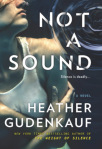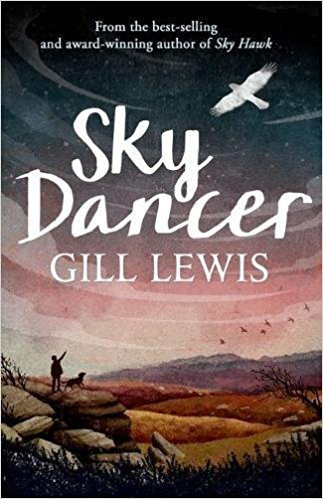Over the past few years e-book sales in the UK have been on the rise, in 2015 e-book sales grew by 4% based on the previous year, although this increase has slowed compared to double digit increases in 2013 and 2014 according to Nielsen BookScan data, so although slowing, there’s life in e-books yet. More impressively however are the sales of children’s print books which were on course to increase by around 12% in 2016, the biggest increase in over a decade.
I’m interested to explore the opportunities available to publishers regarding children’s digital publishing; what the barriers are, from attitudes of consumers, as well as digital limitations. By exploring these things I hope get a sense of what might be next for children’s digital publishing.
This ‘digital debate’ has been hotly contested at recent publishing events over the past few years, The London Book Fair, Bologna Children’s Book Fair and The Bookseller Children’s Conference all have digital streams to their programming. Speaking at The Bookseller Children’s Conference, Nicolette Jones, Children’s Book Editor for the Sunday Times, despite regularly and enthusiastically reviewing children’s apps claims she’s ‘never seen a picture-book app doing something a book can’t do better’.

Public attitudes towards digital publishing and the use of digital devices is tenuous with nearly half of parents surveyed in a recent Channel 4 poll fearing their children were ‘addicted to screens’. A sales boom of cheap digital devices means that British children have ready access to the online world more than ever before. With this comes fears of unsecured access to sexual and violent material, as well as the potential for online bullying and online grooming. Despite this 74% of parents strongly agree or agree that it is important for their child to learn to use technology from an early age to get on at school, according to National Literacy Trust survey.
Like Nicolette Jones I agree wholeheartedly that children’s digital applications should not and simply cannot replace the picture books, however, I still believe that they have have the power to enhance the reading experience for some. In particular adding a dual modality to children’s stories, adding sounds to the reading experience can be useful for children and/or parents with visual impairments who can enjoy an enhanced version of the story together, as well as families who perhaps have low literacy levels could be read to by an app, potentially translated into other languages for families who first language isn’t English, who perhaps can’t get good quality book in their native language?
Tom Bonnick of childrens publisher Nosy Crow (who have been praised for their children’s digital products) has said because digital apps are expensive to make publishers need ‘a lot of faith’ to see the succeed in the market. He says ‘A good app uses interactivity to enhance a story and to drive a narrative forward. And a bad app would be one where interactivity distracts from the story, where you can move away from story and reading, and just kind of play a little game on the side.’ I agree its not the job of digital apps to retell the story or simply add unnecessary flourishes as Tom mentions, but to provide more accessibility and diversity, making the reading experience available to all.
I’m excited to see where these digital opportunities take children’s publishing over the next few years, many publishers have already dipped their toe in the water but I want someone to take the plunge, perhaps get in over their head, to explore what the possibilities really are.
Advertisements Like this:Like Loading... Related




